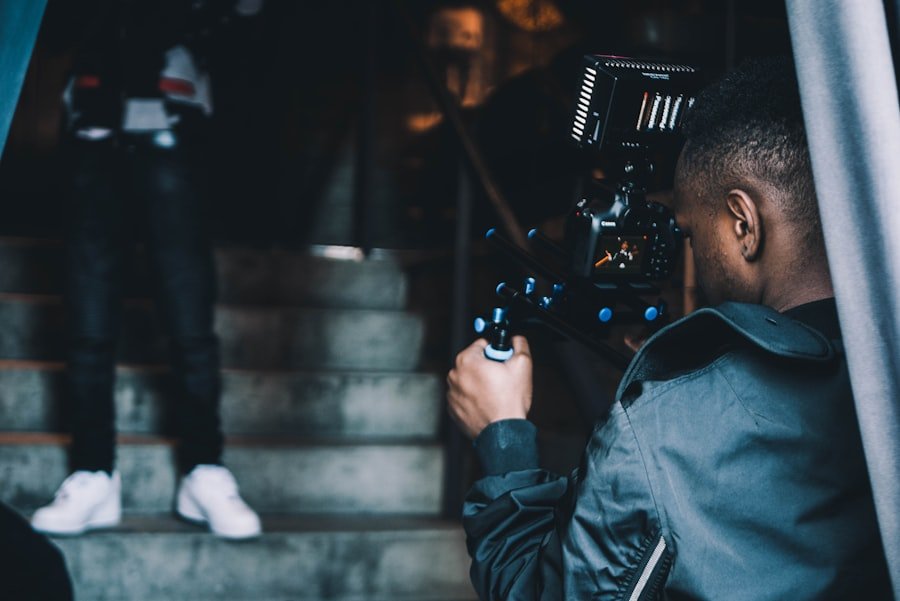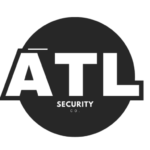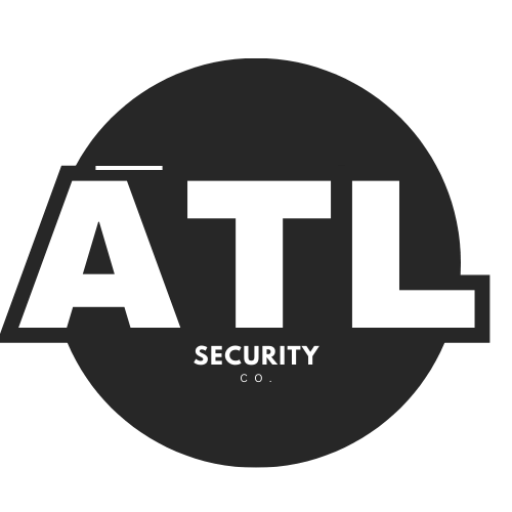In today’s world, security cameras have become essential tools for protecting property and ensuring safety. Their placement is crucial for maximizing their effectiveness. A well-placed camera can deter crime, monitor activities, and provide valuable evidence when needed.
However, the process of deciding where to install these cameras involves careful consideration of various factors, including legal regulations, privacy concerns, and the specific needs of the environment. Understanding the best practices for security camera placement can help individuals and businesses make informed decisions. Whether it’s a home, workplace, or public area, the right positioning can enhance security while respecting the rights of others.
This article will explore the complexities of security camera placement, including legal implications and best practices to ensure compliance and effectiveness.
Key Takeaways
- Proper security camera placement is crucial for effective surveillance and crime prevention
- Laws and regulations vary by location and it’s important to be aware of them before installing security cameras
- Privacy concerns should be taken into consideration when placing security cameras, especially in residential and public areas
- Workplace security camera placement should prioritize employee safety and adhere to labor laws
- Residential security camera placement should focus on protecting the home and its occupants while respecting neighbors’ privacy
Laws and Regulations Regarding Security Camera Placement
When installing security cameras, it is essential to be aware of the laws and regulations that govern their use. Different countries and states have specific rules regarding where cameras can be placed and how they can be used. For instance, in many places, it is illegal to install cameras in private areas where individuals have a reasonable expectation of privacy, such as bathrooms or changing rooms.
Violating these laws can lead to serious legal consequences. In addition to privacy laws, there are also regulations concerning the recording and storage of footage. Many jurisdictions require that individuals be informed when they are being recorded.
This means that clear signage indicating the presence of cameras may be necessary. Understanding these laws not only helps avoid legal trouble but also builds trust with employees and customers who may feel uneasy about being monitored.
Privacy Concerns and Security Camera Placement

Privacy is a significant concern when it comes to security camera placement. People often feel uncomfortable knowing they are being watched, especially in spaces where they expect privacy. This discomfort can lead to distrust between employers and employees or between residents and their neighbors.
Therefore, it is crucial to strike a balance between security needs and respecting individual privacy. To address these concerns, it is important to communicate openly about the purpose of the cameras. Informing people about why cameras are installed and how the footage will be used can alleviate fears.
Additionally, placing cameras in public areas rather than private spaces can help maintain a sense of privacy while still providing security. By being transparent and considerate, organizations can foster a safer environment without infringing on personal rights.
Workplace Security Camera Placement
In workplaces, security cameras serve multiple purposes. They can deter theft, monitor employee behavior, and ensure safety in hazardous areas. However, their placement must be strategic to avoid potential backlash from employees who may feel their privacy is being invaded.
Cameras should be installed in common areas such as entrances, exits, and parking lots rather than in private offices or break rooms.
Employers should also consider the type of surveillance they wish to implement. For instance, some companies may opt for cameras that only record during specific hours or those that use motion detection to minimize unnecessary footage.
By being thoughtful about camera placement and usage, employers can create a secure environment while respecting their employees’ privacy.
Residential Security Camera Placement
For homeowners, security cameras can provide peace of mind by monitoring the property and deterring potential intruders. The placement of these cameras is vital for ensuring comprehensive coverage of the home. Common locations include front doors, backyards, driveways, and garages.
These areas are often vulnerable to break-ins and should be prioritized when installing cameras. Homeowners should also consider the angle and height of the cameras. Installing them at a higher vantage point can prevent tampering while providing a broader view of the surroundings.
Additionally, using outdoor cameras with weatherproof features ensures they remain functional in various conditions. By carefully planning camera placement, homeowners can enhance their security without compromising aesthetics or privacy.
Public Area Security Camera Placement

In public areas, security cameras play a crucial role in maintaining safety and order. They are commonly found in places like parks, shopping centers, and transportation hubs. The primary goal of these cameras is to deter crime and assist law enforcement in investigations.
However, their placement must be done thoughtfully to avoid infringing on individuals’ rights. Public area cameras should focus on high-traffic zones where incidents are more likely to occur. It is also important to ensure that these cameras do not invade personal spaces or capture footage of private activities.
Clear signage indicating that surveillance is in place can help inform the public while promoting transparency. By balancing security needs with respect for privacy, public areas can remain safe without creating an atmosphere of constant surveillance.
Legal Consequences of Improper Security Camera Placement
Improper placement of security cameras can lead to significant legal consequences. Violating privacy laws can result in hefty fines or even criminal charges in some jurisdictions. For example, if a business installs cameras in areas where employees have a reasonable expectation of privacy without proper notification, it could face lawsuits or penalties from regulatory bodies.
Additionally, if footage from improperly placed cameras is used inappropriately—such as sharing it without consent—this could lead to further legal issues. Organizations must ensure they are compliant with all relevant laws to avoid these pitfalls. Consulting with legal experts before installing security systems can help clarify any uncertainties regarding regulations and protect against potential legal repercussions.
Best Practices for Legal Security Camera Placement
To ensure legal compliance and effective surveillance, several best practices should be followed when placing security cameras. First, always research local laws regarding surveillance to understand what is permissible in your area. This knowledge will guide decisions on where to install cameras and how to inform individuals about their presence.
Second, prioritize transparency by clearly marking areas under surveillance with appropriate signage. This not only informs people but also demonstrates a commitment to ethical practices. Third, consider using technology that allows for limited recording times or motion detection features to minimize unnecessary footage while still maintaining security.
Finally, regularly review camera placements and footage storage practices to ensure ongoing compliance with evolving laws and regulations. By following these best practices, individuals and organizations can effectively utilize security cameras while respecting privacy rights and adhering to legal standards.
In conclusion, security camera placement is a multifaceted issue that requires careful consideration of laws, privacy concerns, and specific needs for different environments.
By understanding the legal landscape and following best practices, individuals and organizations can enhance security while fostering trust within their communities. Whether in workplaces, homes, or public spaces, thoughtful camera placement can make a significant difference in safety and security without compromising personal rights.
FAQs
What are the legal implications of security camera placement?
The legal implications of security camera placement involve privacy laws, property rights, and potential liability issues.
What privacy laws should be considered when placing security cameras?
When placing security cameras, it is important to consider privacy laws such as the General Data Protection Regulation (GDPR) in the European Union and the Video Privacy Protection Act (VPPA) in the United States.
What are property rights in relation to security camera placement?
Property rights come into play when determining where security cameras can be placed, as property owners have the right to monitor their own property but must also respect the privacy of others.
What liability issues should be considered when placing security cameras?
Liability issues may arise if security cameras are placed in a way that violates privacy laws or if they capture sensitive information that is mishandled or misused. It is important to consider the potential legal consequences of security camera placement.





